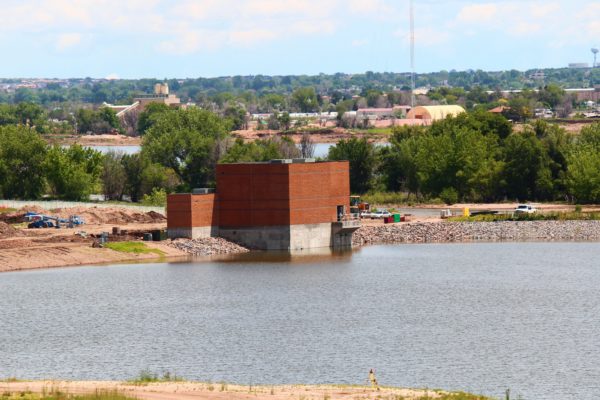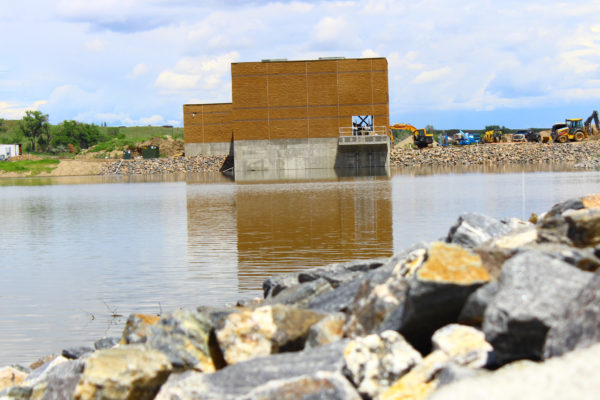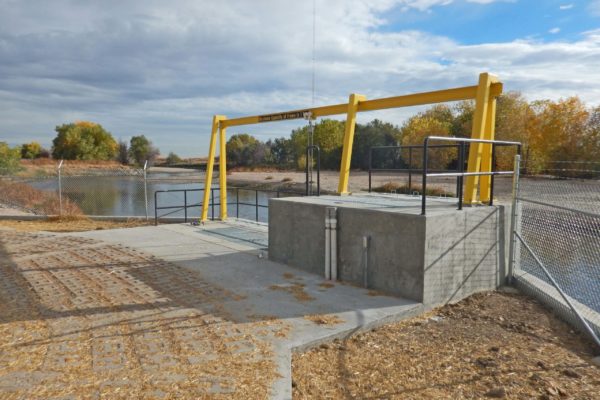Client
Location
Services Provided
- Alternatives evaluation
- Geotechnical engineering
- Hydraulic engineering
- Structural engineering
- Pump and pipeline design
- Transient surge analyses
- Hydraulic gates, valves, and controls
- Construction documents
- Construction administration services
Challenges
Hammer Reservoir and Rogers Reservoir are gravel pits created from sand and aggregate mining activities. The City of Thornton (Thornton) acquired the gravel pits with the intention of converting them into lined water storage reservoirs. The reservoirs will be used to perform strategic water rights exchanges between the reservoirs and the South Platte River.
Thornton desired to install hydraulic facilities to accommodate a vast range of operational requirements that included flow rates ranging from 5 to 100 cubic feet per second, reservoir levels ranging from nearly empty to full, and river levels ranging from low-flow levels to peak spring runoff levels.
Solution
RJH performed conceptual through final designs, and provided construction phase services for both projects. Conceptual alternatives were developed for each site to identify preferred sizes, locations, and types of hydraulic infrastructure. Final design involved installation at each site of a 100 cubic feet per second (65 million gallons per day) capacity pump station and wet well, conveyance pipelines to drain and fill the reservoirs, and an inlet/outlet structure on the South Platte River.
Complex hydraulic controls were required to accommodate the range of operational requirements. The hydraulic facilities were designed for both gravity and pumping operations, and for bi-directional flow between the reservoirs and South Platte River. The pumping system included three vertical turbine pumps with variable frequency drives. RJH performed a transient surge analysis to develop a surge protection system that included a bladder-type air vessel and a series of combination air valves. Hydraulic controls consisted of a series of both electrically and hydraulically actuated slide gates, ball control valves, butterfly valves, and electromagnetic flow meters. Operational programming equipment was installed to allow for automated, remote control of the hydraulic facilities.
Major civil facilities included 40-foot deep, reinforced concrete wet wells; 30-foot high, concrete masonry control buildings with overhead cranes; and concrete masonry HVAC buildings.



